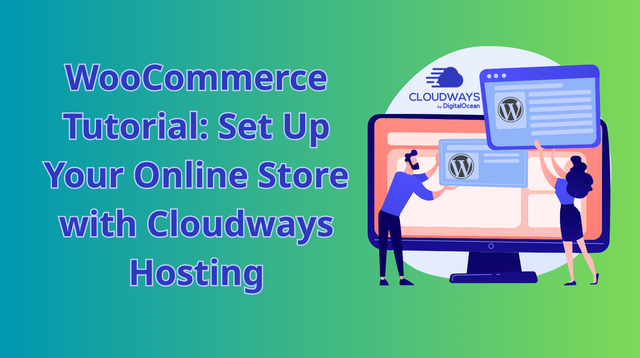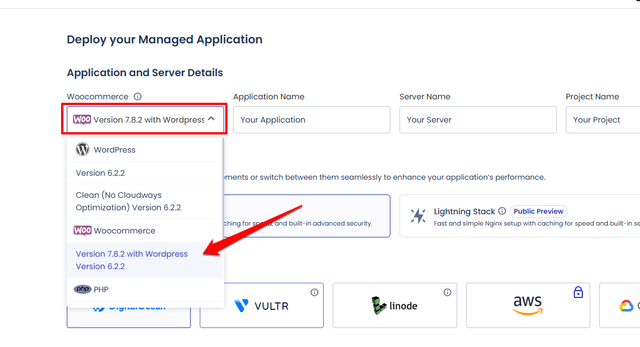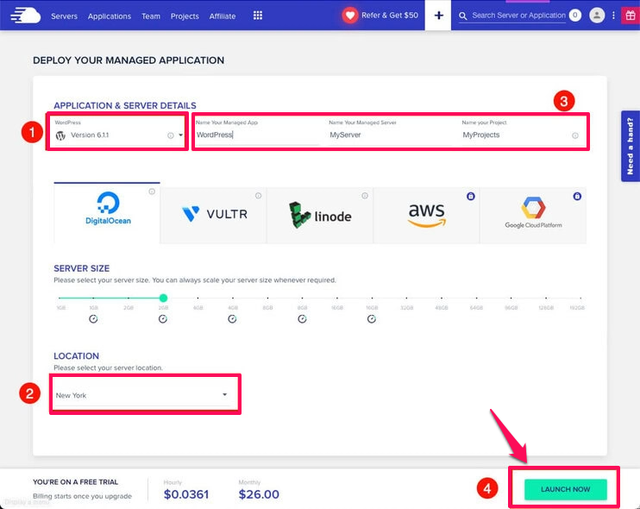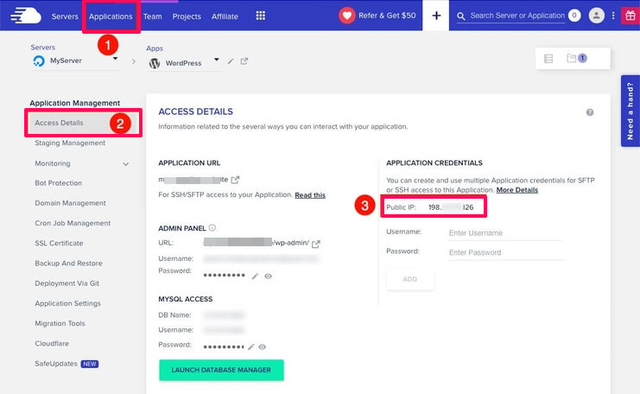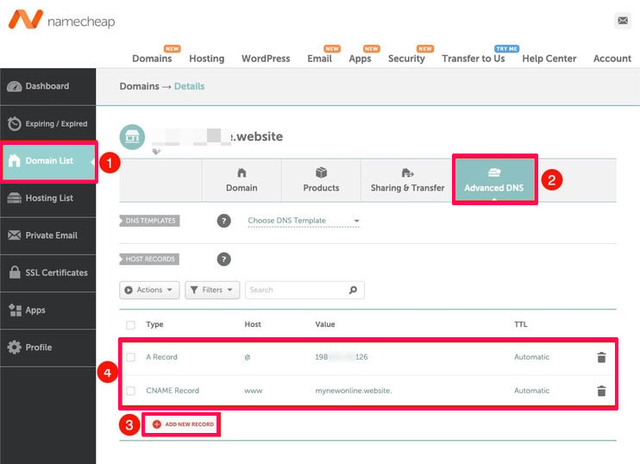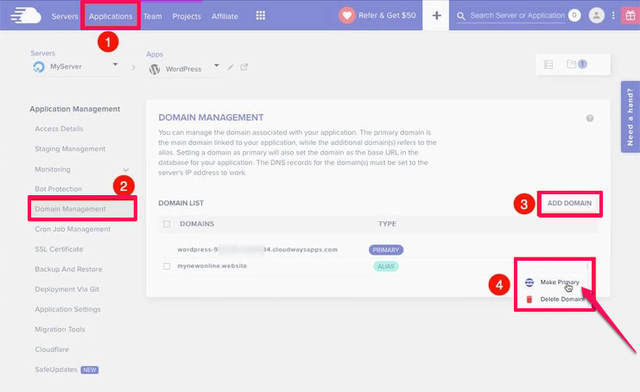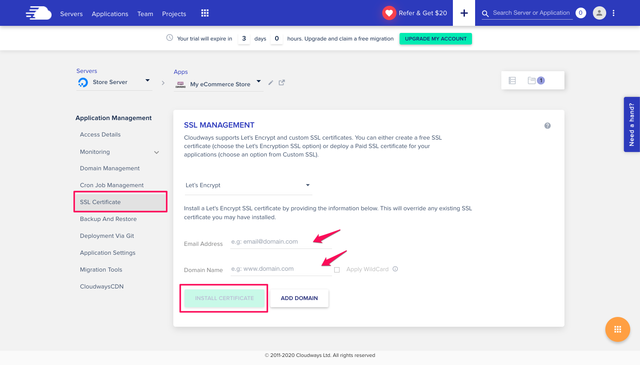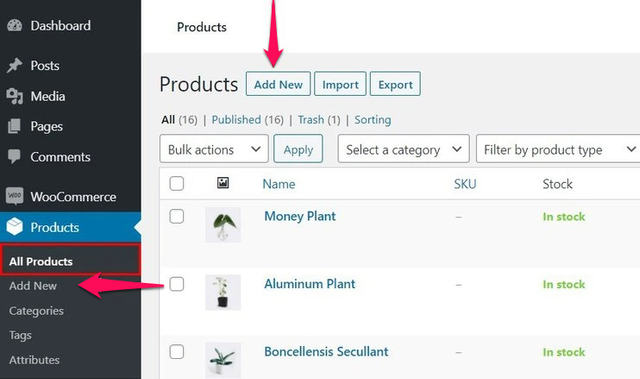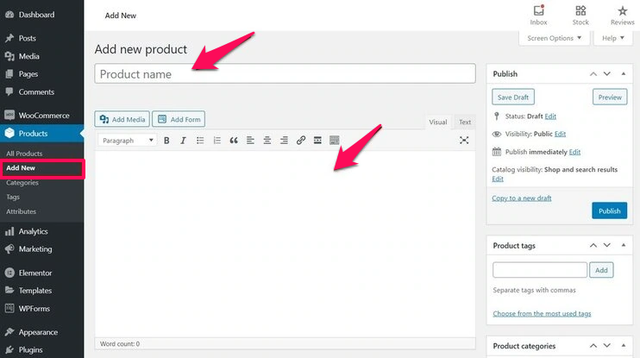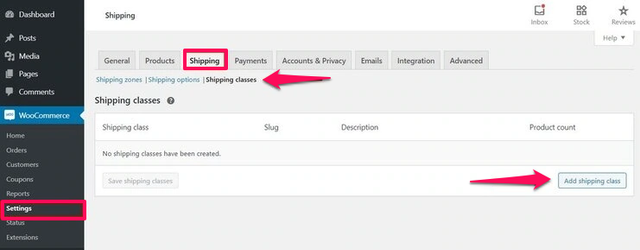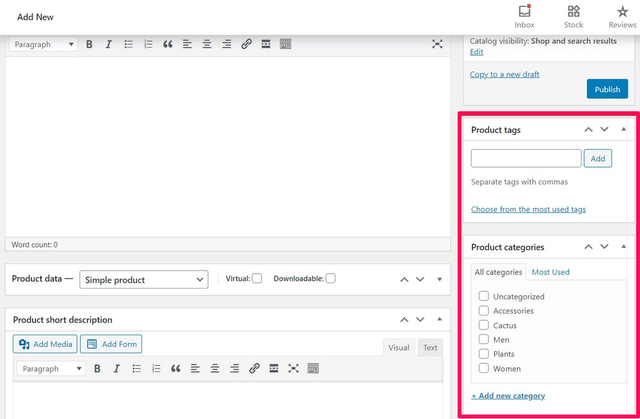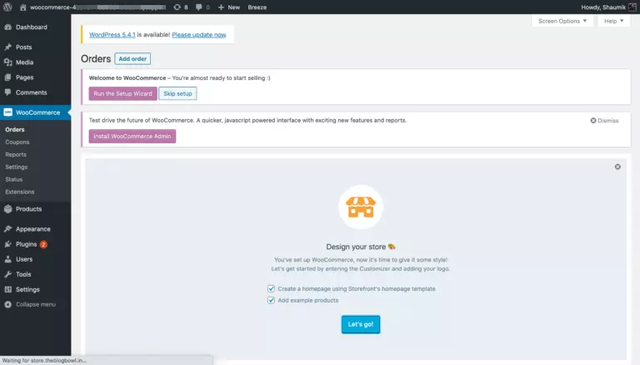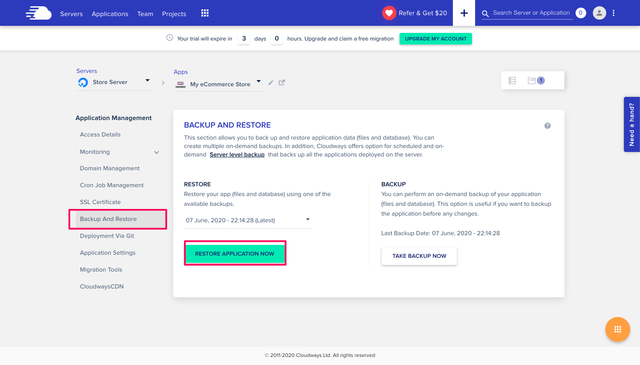WordPress + WooCommerce: How to Launch Your Ecommerce Store on Cloudways
Creating a modern WooCommerce store on the cloud is fast, affordable, and beginner-friendly. With Cloudways managed hosting, you can go from zero to a working storefront in about ten minutes: WordPress preinstalled, WooCommerce activated, and a clean dashboard waiting for your products. You get instant scalability, strong security, and pay-as-you-grow pricing—exactly what most small businesses and startups need.
This guide walks you through the complete process of building a professional ecommerce website with WooCommerce, step by step.
1) Why WooCommerce + WordPress for your online store
Use WooCommerce: key reasons it wins
- Open source and flexible. You control your data, stack, and design.
- Huge ecosystem. Thousands of plugins, themes, and integrations.
- Costs scale sensibly. Start lean, expand when revenue grows.
- SEO-friendly. WordPress + WooCommerce makes it easy to attract organic traffic.
How WordPress powers an ecommerce website
WordPress gives you posts, pages, and a solid editor. WooCommerce layers on products, orders, payments, and shipping. Together they form a full ecommerce website with content + sales power.
What you can sell
WooCommerce supports physical goods, digital downloads, services, bookings, subscriptions, and memberships. Whatever you sell, WooCommerce can handle it.
2) WooCommerce hosting: why Cloudways works best
Cloud hosting vs shared hosting
Shared hosting is cheap but overcrowded. Cloudways hosting gives you dedicated cloud resources, better performance, and one-click scaling.
Why Cloudways is perfect for WooCommerce
- 1-click WordPress + WooCommerce install.
- Free trial to test before committing.
- Choose your cloud provider (DigitalOcean, AWS, Google Cloud, Vultr, Linode).
- Built-in caching, CDN options, and PHP optimization.
- Automated backups and restores.
Recommended specs for speed
Start with at least 1–2 GB RAM. Cloudways makes it simple to scale server resources without downtime as your WooCommerce store grows.
3) Set up WooCommerce in minutes with Cloudways
Try Cloudways GET 30% OFF FOR FIRST 3 MONTHS
Setting up your WooCommerce store on Cloudways
- Sign up for a free Cloudways trial.
- Click Add Server.
- Choose “WordPress with WooCommerce” as the application.
- Pick a provider (DigitalOcean is often the most affordable).
- Select server size and location closest to your customers.
Set up a WooCommerce store with Cloudways 1-click install
Cloudways handles the heavy lifting: server config, PHP, MySQL, and WordPress setup. When deployment finishes, you already have WooCommerce pre-installed.
First login and the setup wizard
Go to /wp-admin using the credentials Cloudways gives you. The WooCommerce onboarding wizard walks you through store basics: location, currency, payment methods, and shipping.
4) Point your domain and enable HTTPS on Cloudways
In this guide, we’ll use Namecheap to register a domain name, but you can choose any provider you prefer

Get your server’s public IP from the Cloudways
dashboard (Applications → Access Details).
Press enter or click to view image in full size
In your domain registrar, add an A record for “@” pointing to that IP.
Add a CNAME for “www” pointing to your domain.
Save and wait for DNS to propagate (often a few minutes to 48 hours).
Map your domain/subdomain
Inside the Cloudways dashboard, open Domain Management. Enter your domain (e.g., yourbrand.com) or subdomain (store.yourbrand.com). Then, at your registrar, create an A record or CNAME pointing to your Cloudways server.
Free SSL with Let’s Encrypt
Under SSL Management, enable free Let’s Encrypt certificates in one click. Cloudways even lets you set up auto-renewals, so you never risk an expired certificate.
Force HTTPS everywhere
Toggle “Force HTTPS” in Cloudways. This ensures all pages, including checkout, are secure.
5) Core store settings
Go to WooCommerce → Settings and configure:
- General: store address, selling regions, currency.
- Products: shop page, reviews, measurements.
- Payments: enable Stripe, PayPal, or bank transfer.
- Shipping: add zones, methods, and rates.
- Taxes: enable automatic tax rates or set manual rules.
6) Add products the right way
In the dashboard, go to Products → Add New:
- Title & description: clear product name and detailed info.
- Product data: simple, variable, grouped, or digital.
- Price: set regular and sale prices.
- Inventory: SKU, stock management, backorders.
- Shipping: weight, dimensions, shipping class.
- Images: main image + gallery.
Hit Publish and your first product is live.
7) WooCommerce templates & design
Pick a WooCommerce-compatible theme such as Astra, GeneratePress, or Storefront.
- Install via Appearance → Themes → Add New.
- Customize colors, typography, and layouts.
- Use a page builder (Elementor or Gutenberg) for custom landing pages.
8) Customize: branding, menus, and pages
- Branding: upload your logo in Customizer → Site Identity.
- Menus: create a main navigation with Home, Shop, Cart, Checkout, My Account.
- Shop page: customize filters, categories, and sorting options.
- Essential pages: About, Contact, Refund Policy, Privacy Policy.
9) Performance: build your online store for speed
Cloudways performance features
- Built-in caching (Varnish, Redis, Memcached).
- CDN add-on to speed up global delivery.
- Server monitoring with real-time metrics.
Other speed tips
- Optimize images with plugins like ShortPixel.
- Use lazy loading.
- Clean your database regularly.
10) Security essentials with Cloudways
- Daily automated backups (restore anytime).
- One-click restore points in case of errors.
- Dedicated firewalls to block threats.
- Two-factor authentication for Cloudways account.
- Bot protection to prevent fake traffic.
11) Staging, Git, and advanced workflows on Cloudways
- Staging site: test changes safely, then push live.
- Git deployment: pull from GitHub/Bitbucket using SSH keys.
- Service management: restart PHP, MySQL, cache with one click.
12) Marketing and SEO
- Install Yoast SEO or Rank Math.
- Add schema markup for products.
- Enable reviews and ratings.
- Create discount codes under WooCommerce → Coupons.
- Integrate with email marketing (Mailchimp, FluentCRM).
13) Analytics and optimization
- Use WooCommerce Analytics for orders, products, customers.
- Connect to Google Analytics & Search Console.
- Run A/B tests with plugins like Nelio AB Testing.
- Track funnels using CartFlows or FunnelKit.
14) Launch checklist with Cloudways
- Switch Stripe/PayPal from test to live.
- Confirm SSL is active and forced.
- Verify emails with Cloudways SMTP add-on.
- Test checkout with a real order.
- Monitor server performance via Cloudways dashboard.
15) Prefer a video tutorial?
Cloudways provides video tutorials and documentation. You can follow along visually while setting up your store inside their dashboard.
16) Final thoughts
With Cloudways WooCommerce hosting, setting up a professional ecommerce website is simpler than ever. You get pre-installed WordPress + WooCommerce, quick scaling, backups, staging, and solid support. Launch your WooCommerce store today, secure it with SSL, add products, and start selling worldwide.
Cloudways removes the technical headaches so you can focus on your customers and growth.
FAQs
1) How fast can I set up WooCommerce on Cloudways?
In about 10 minutes. The 1-click WordPress + WooCommerce option handles installation for you.
2) Does Cloudways make my store secure?
Yes. Cloudways provides firewalls, SSL, bot protection, and daily backups. You can restore your store in one click if something goes wrong.
3) Can I scale my WooCommerce store with Cloudways?
Absolutely. You can increase server resources instantly without downtime as your traffic grows.
4) Is Cloudways beginner-friendly?
Yes. The dashboard is clean and simple, with one-click installs, domain tools, SSL setup, and staging environments.
5) Does Cloudways support Git and advanced workflows?
Yes. You can deploy directly from Git, use staging sites, and monitor services from the Cloudways control panel.
